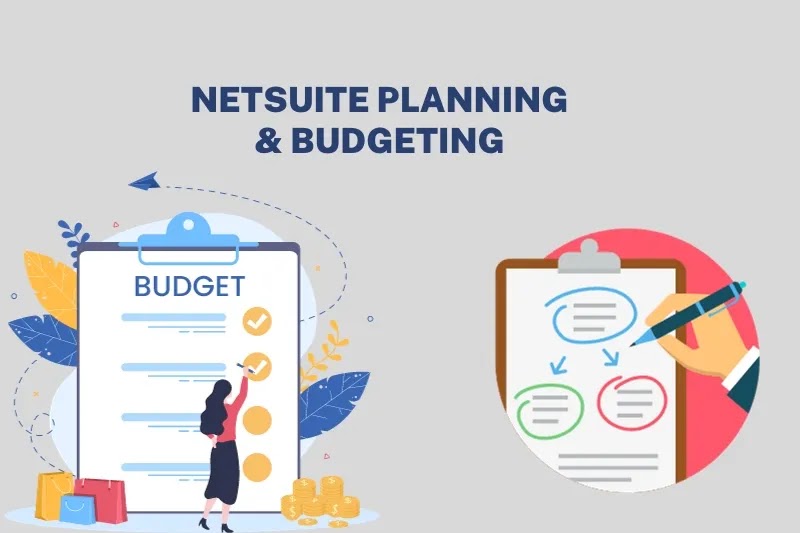Introduction
In today’s digital age, it’s crucial to discover how to save money on credit card processing fees. Whether you operate a small business or a large corporation, accepting credit card payments is essential for staying competitive.
However, the convenience of accepting plastic comes at a cost – credit card processing fees. These fees can impact your bottom line significantly, making it vital for businesses to explore strategies to save money on credit card processing fees.
In this article, we will delve into the world of credit card processing fees, offering insights on what they are, the various types, methods to reduce them, best practices, and the legal implications of passing these fees onto customers.
Credit Card Processing Fees
To effectively save money on credit card processing fees, it’s paramount to understand what they entail. Credit card processing fees encompass charges incurred by businesses when they accept credit card payments. These fees generally consist of several components, including:
Interchange Fee: This constitutes the largest portion of the processing fee, and it is remitted to the card-issuing bank. The exact amount fluctuates depending on factors such as the card type (Visa, MasterCard, American Express) and specific transaction details.
Assessment Fee: Credit card companies like Visa or MasterCard receive this fee, which goes towards maintaining their card network.
Processor Markup: Payment processors, such as Square or Stripe, apply a markup to process transactions. The precise markup varies depending on your chosen processor and pricing structure.
Incidental Fees: These fees may encompass chargeback fees, monthly charges, and other miscellaneous expenses.
Different Types of Credit Card Processing Fees
Understanding the different types of credit card processing fees is essential for saving money efficiently. There are two primary pricing structures employed by payment processors:
Interchange-Plus Pricing: This transparent pricing model segregates the interchange fee from the processor’s markup. Businesses pay the actual interchange fee along with a fixed, transparent markup. Opting for interchange-plus pricing offers a higher degree of clarity in your fee structure.
Tiered Pricing: In this model, transactions are categorized into tiers based on various risk factors and criteria. Although this pricing structure may seem straightforward, it can lead to higher costs due to its relative lack of transparency.
How Can Businesses Reduce Their Credit Card Processing Fees
Unveiling strategies to save money on credit card processing fees is paramount for any business. Here are five key methods:
Negotiate with Payment Processors: Don’t hesitate to engage in negotiations with your payment processor. Many processors are open to making adjustments to secure your business.
Implement Interchange-Plus Pricing: Transition to an interchange-plus pricing model to achieve greater transparency and control over your fees.
Regularly Review Your Statements: Consistently review your processing statements to detect any hidden fees or overcharges that may be affecting your costs.
Invest in POS Systems: Upgrading your point-of-sale (POS) system can lead to eligibility for lower interchange rates, thus reducing your expenses.
Optimize for Card-Present Transactions: For brick-and-mortar businesses, employing EMV chip readers can help lower fraud-related fees and enhance security.
Best Practices for Credit Card Processing
Saving money on credit card processing fees necessitates following best practices:
Maintain PCI Compliance: Adhere to the Payment Card Industry Data Security Standard (PCI DSS) requirements to safeguard your customers’ data and avoid potential fines.
Educate Your Staff: Ensure your employees are well-informed about fraud prevention and secure processing practices to minimize costly errors.
Offer Multiple Payment Methods: Embrace various payment methods, including mobile wallets and online payment platforms, to provide customers with diverse options.
Implement Chargeback Prevention Strategies: Minimize chargebacks by offering clear receipts, resolving customer disputes promptly, and streamlining the return process for enhanced customer satisfaction.
Stay Informed: Keep abreast of industry trends and regulatory changes to adapt your processing practices effectively.
Legal Implications of Passing on Credit Card Processing Fees to Customers
In some states, it is legally permissible for businesses to pass on credit card processing fees to customers, but certain rules and regulations must be observed:
Surcharge vs. Cash Discount: It is crucial to differentiate between a surcharge (adding a fee for credit card payments) and a cash discount (offering a discount for cash payments), as laws may treat them differently.
Compliance: Ensuring compliance with the Payment Card Network Rules and state laws concerning surcharging is essential.
Transparency: It is imperative to transparently communicate any surcharges to customers, both in-store and online.
Conclusion
The quest to save money on credit card processing fees is a pressing concern for businesses of all sizes. By gaining a comprehensive understanding of the types of fees, negotiating effectively with processors, embracing best practices, and adhering to legal requirements, businesses can thrive while simultaneously keeping their processing costs under control. So, take charge of your credit card processing fees, and witness your profits soar to new heights.


